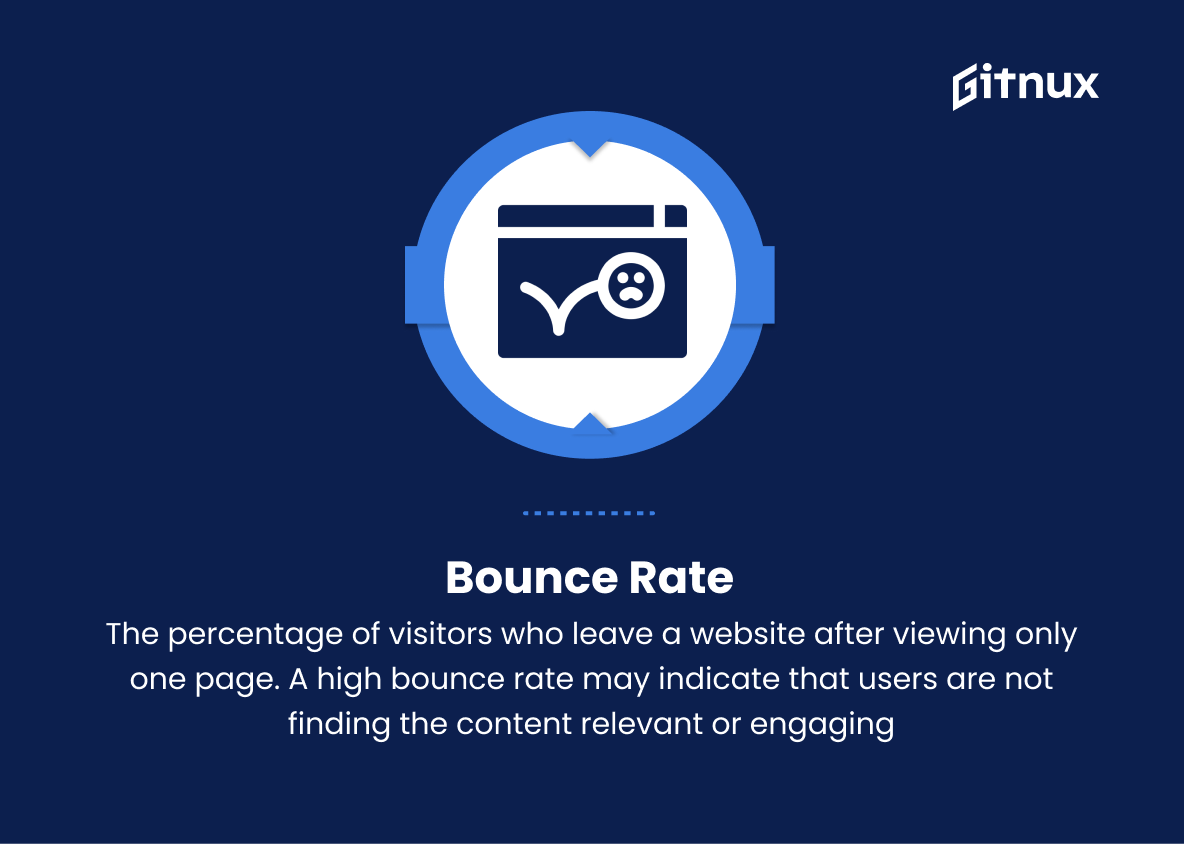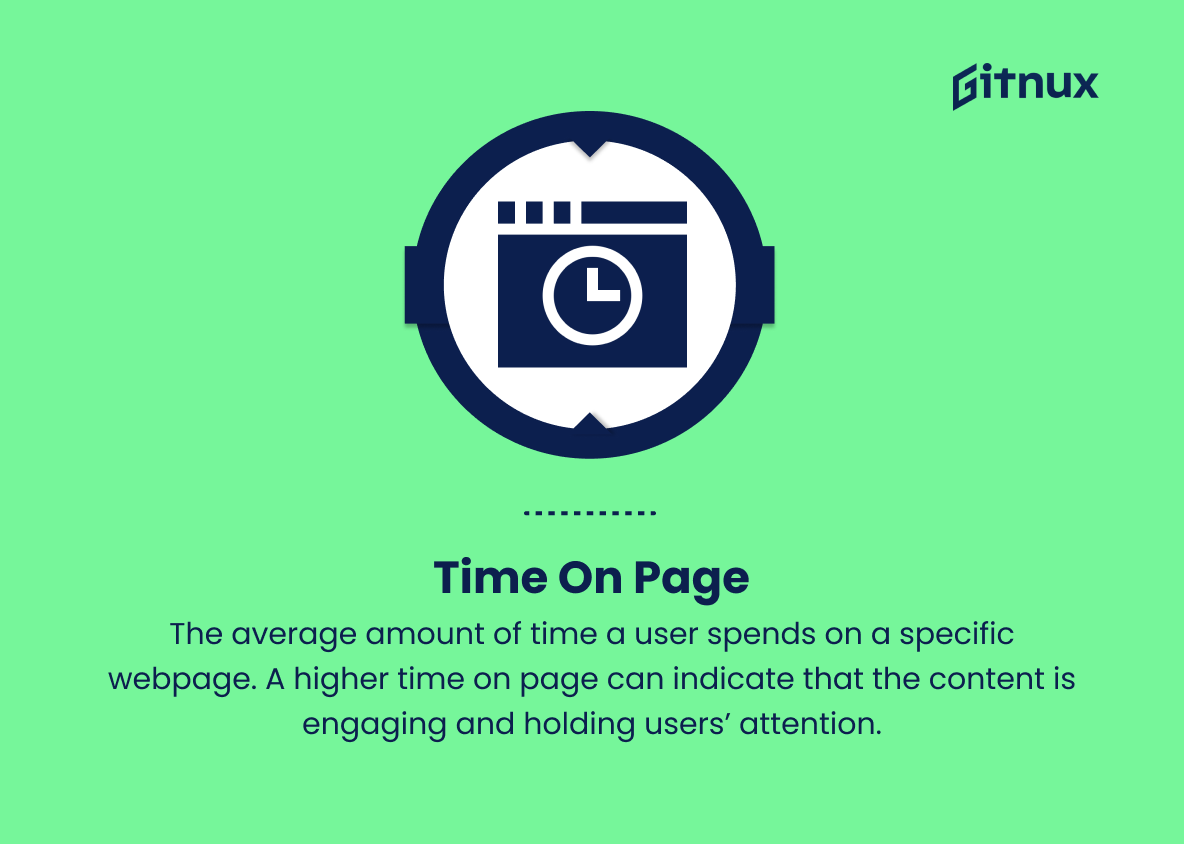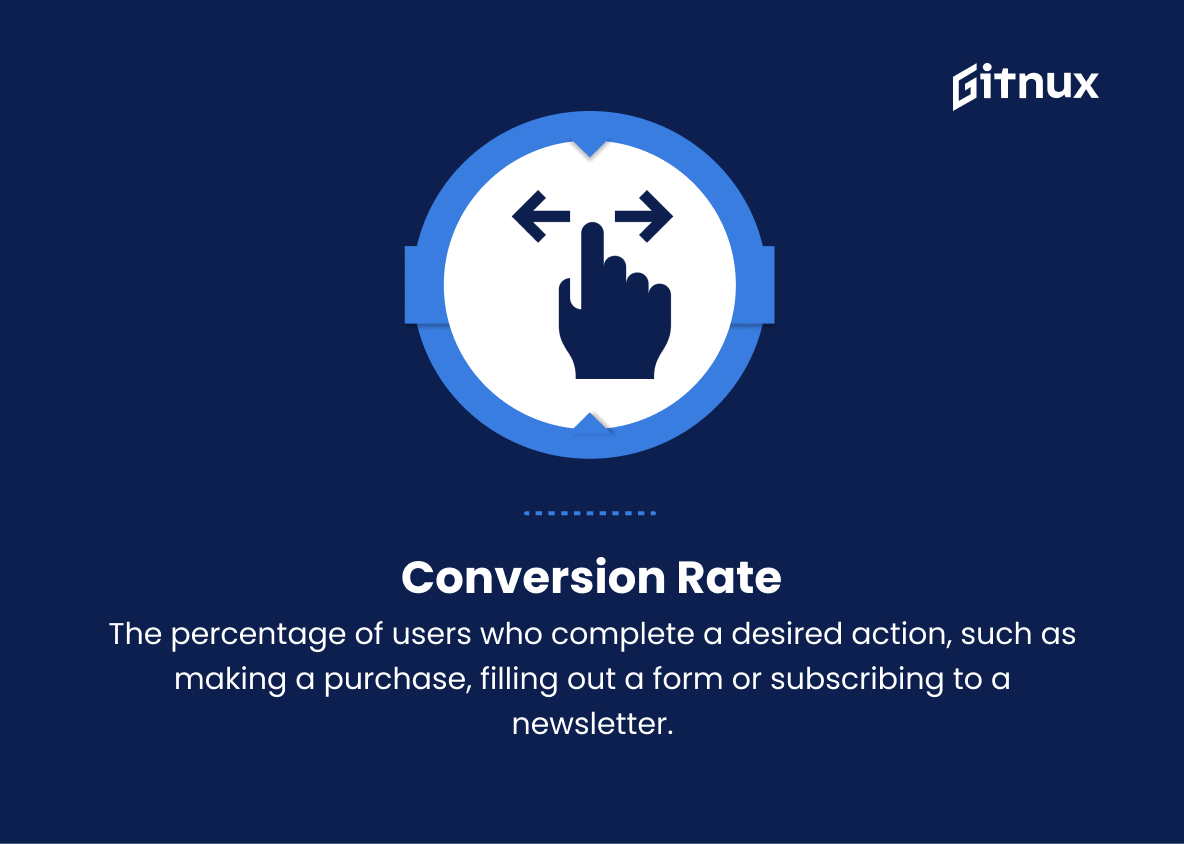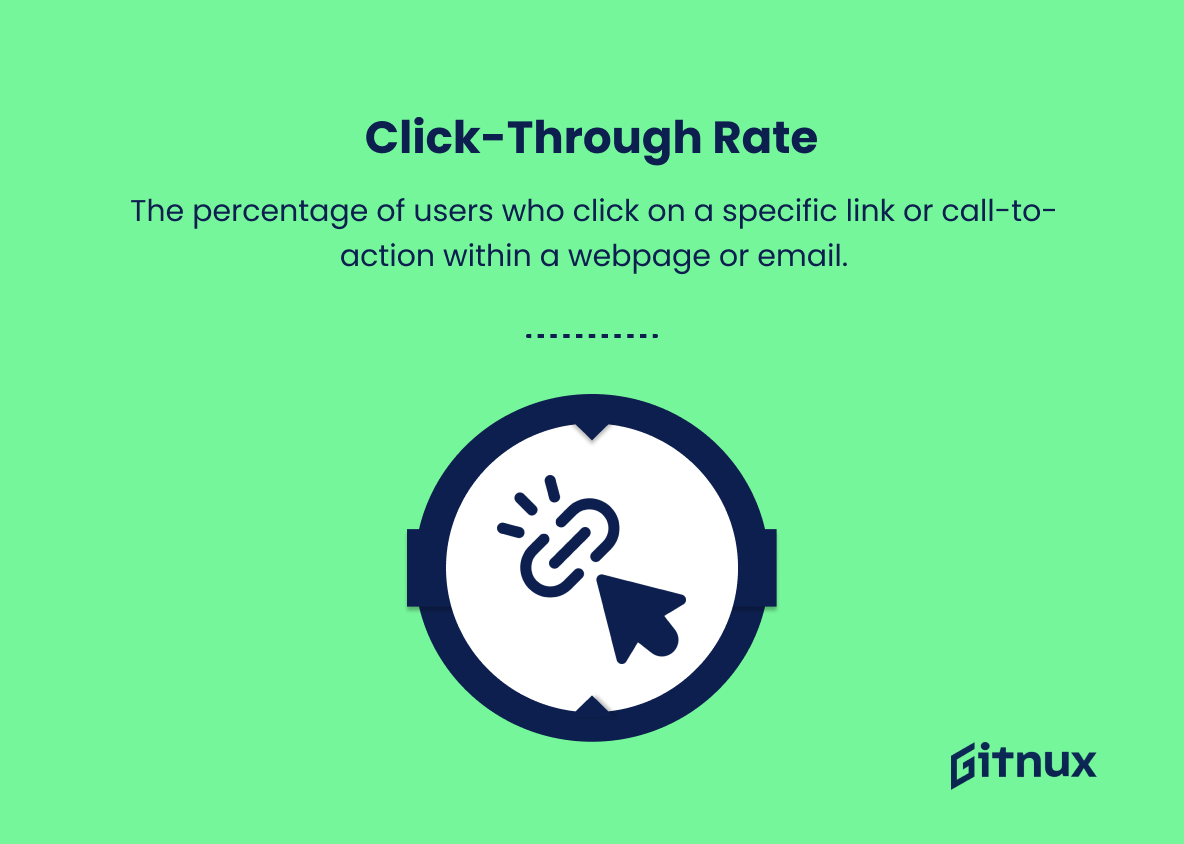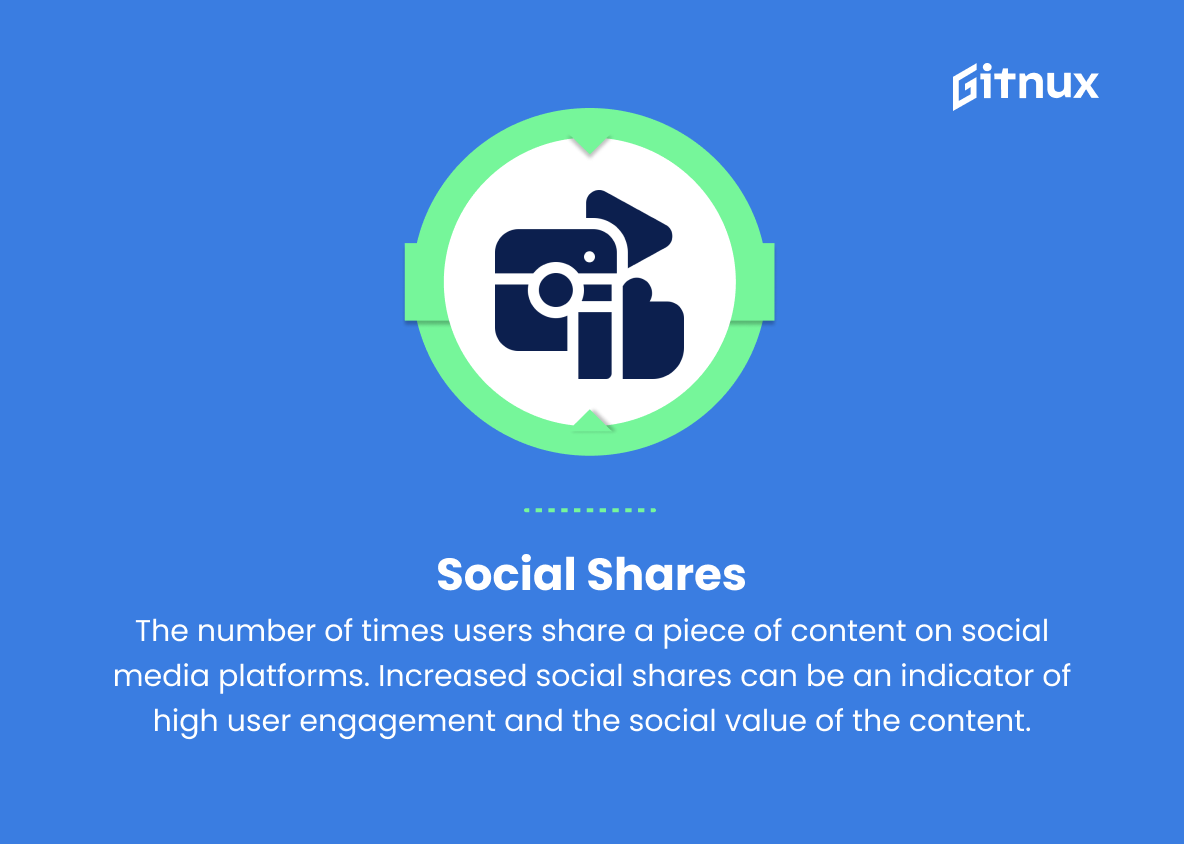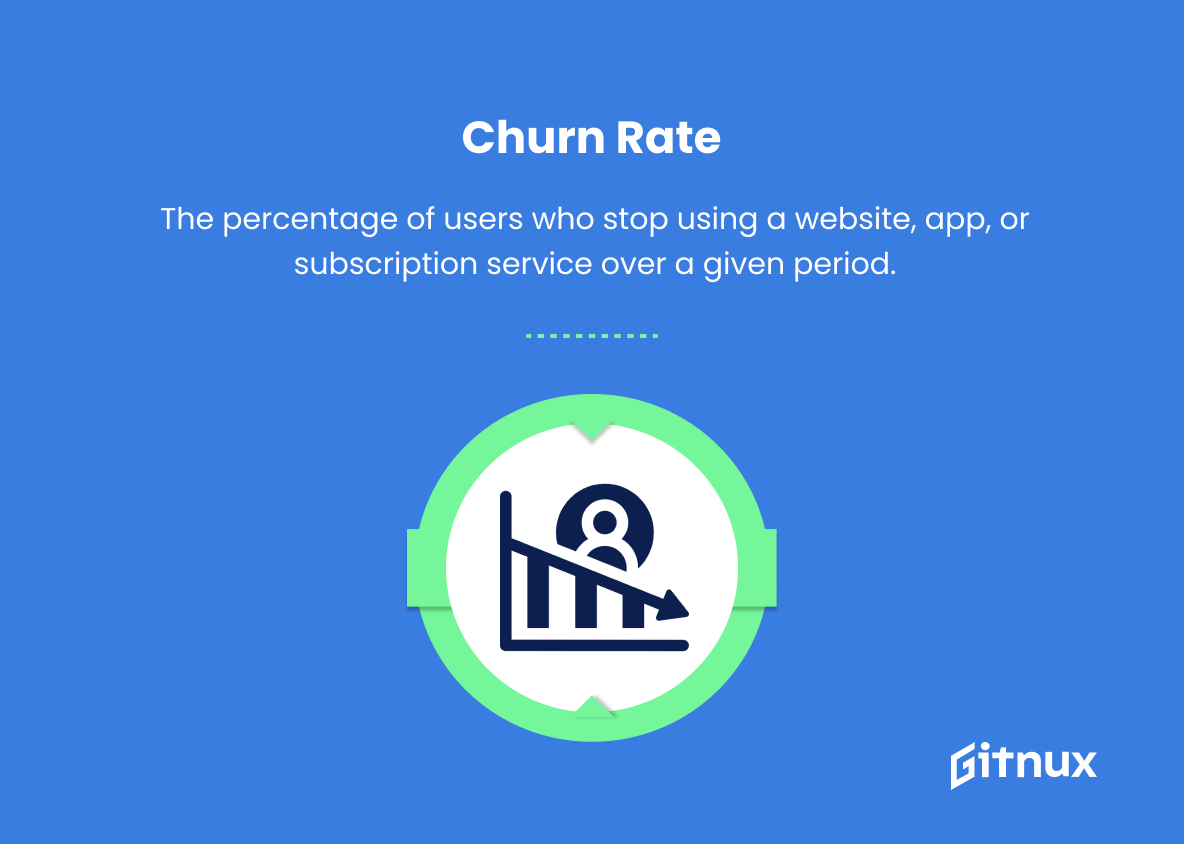In the ever-evolving digital landscape, user engagement has taken center stage, emerging as a critical factor in determining the success of any online platform. With businesses vying for user attention and retention, understanding and monitoring user engagement metrics has become paramount.
In this comprehensive blog post, we will delve into the world of user engagement metrics, shedding light on their significance, the different types of metrics available, and how to effectively utilize them to shape your digital strategy, optimize user experience, and ultimately achieve the desired online impact. So, buckle up and get ready for an insightful deep-dive into the fascinating realm of user engagement metrics.
User Engagement Metrics You Should Know
1. Bounce rate
The percentage of visitors who leave a website after viewing only one page. A high bounce rate may indicate that users are not finding the content relevant or engaging.
2. Pages per session
The average number of pages a user views during a single session. Higher pages per session indicate that users are engaging with the website and consuming more content.
3. Average session duration
The average amount of time a user spends on a website during a single session. Longer session durations can indicate higher engagement levels.
4. Repeat visitors
The percentage of users who return to a website after their initial visit. A higher percentage of repeat visitors indicates that users find the website valuable and worth revisiting.
5. Time on page
The average amount of time a user spends on a specific webpage. A higher time on page can indicate that the content is engaging and holding users’ attention.
6. Scroll depth
The measure of how far users scroll down a webpage. Greater scroll depth can indicate higher engagement and interest in the content.
7. Conversion rate
The percentage of users who complete a desired action, such as making a purchase, filling out a form or subscribing to a newsletter. A higher conversion rate implies that users are engaging with the website and performing the desired actions.
8. Click-through rate (CTR)
The percentage of users who click on a specific link or call-to-action within a webpage or email. A higher CTR indicates that the content or offer is compelling enough to prompt user engagement.
9. Social shares
The number of times users share a piece of content on social media platforms. Increased social shares can be an indicator of high user engagement and the social value of the content.
10. Comments/feedback
The number of comments, reviews, or other forms of user-generated feedback on a website or piece of content. Higher levels of feedback can suggest strong user engagement and interest in the topic.
11. Active users
The number of users actively engaging with a website, app or platform over a given period (for example, daily or monthly active users). Higher active user numbers can be a sign of strong user engagement.
12. Churn rate
The percentage of users who stop using a website, app, or subscription service over a given period. A low churn rate can indicate that users are satisfied and engaged with the service.
User Engagement Metrics Explained
User engagement metrics are crucial in understanding the performance of a website or app and making data-driven decisions to improve user experience. Metrics such as bounce rate, pages per session, and average session duration provide insights into user behavior, indicating the relevance and quality of the content. Monitoring repeat visitors, time on page, scroll depth, and conversion rate provides context on user satisfaction and the effectiveness of content in driving desired actions.
Additionally, click-through rate (CTR), social shares, comments/feedback, and active users are essential indicators for gauging users’ interaction with specific elements of a website or app. Lastly, keeping track of churn rate helps businesses identify potential issues that may lead to users discontinuing their use of the platform, allowing for targeted improvements to enhance user engagement and retention.
Conclusion
In summary, user engagement metrics are crucial for understanding and optimizing your online presence. By closely monitoring and analyzing these metrics, you can identify areas of improvement and make informed decisions to enhance your users’ experience, boost engagement, and ultimately, drive business growth.
Remember that the right combination of these metrics will help you uncover valuable insights and create a more personalized, effective, and successful digital experience for your audience. So, don’t underestimate the power of user engagement metrics – embrace them, analyze them, and learn from them to foster strong relationships with your users and achieve your business objectives.
